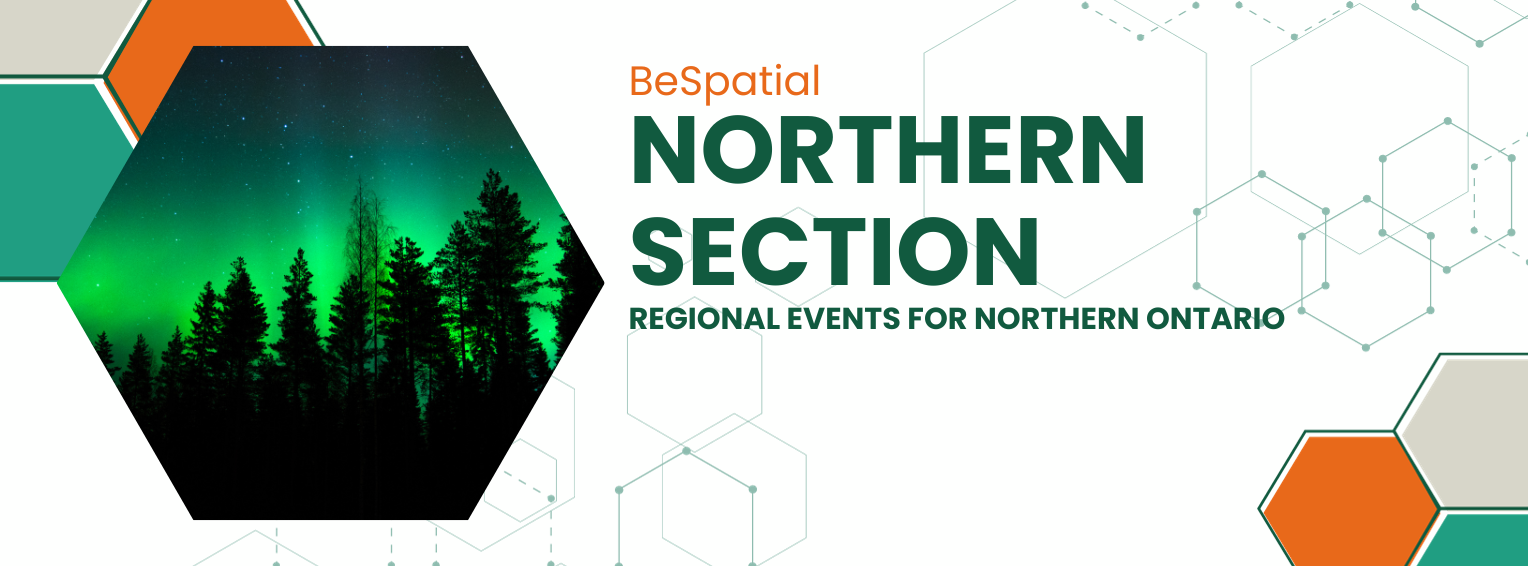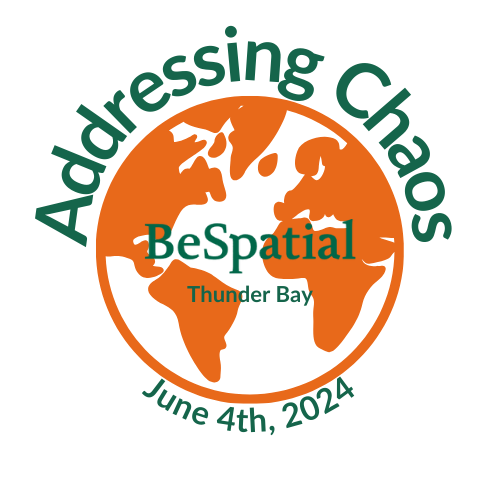
Speakers
-
-
KEYNOTE - KPMG/Environics - Casey Price and Eugene Chan; Big data & GIS: Collision or Collaboration?
-
Confederation College - Raquel Glavish and Marcello Pettenuzzo; Selecting Locations for Pedestrian Crosswalks for the City of Thunder Bay
-
First Base Solutions / JD Barnes - Joseph Ababio; Data Capture from the Ground to the Sky: Revolutionizing Land Surveying with Aerial Advancements and the Future Frontiers in Geospatial Intelligence
-
CRIBE - Sarah Benčić; GIS for NetZero Solutions in Our Changing Reality.
-
CE Strategies - Rylie Nellis and Ericka James; Emergency Management Shifting to a Digital Environment
-
Airborne Imaging - Susan Muleme Kasumba; MNRF GeoHUB LiDAR Review; data to manage chaos
-
Multiple Speed Networking Events throughout the day
-
Presenter AbstractsKeynotesKPMG/Environics - Casey Price & Eugene Chan: Big data & GIS: Collision or Collaboration?
Our exciting Keynote Address from Casey Price at Environics and Eugene Chan from KPMG, will conceptualize how the GIS community is using hyper scalers to access datasets that are petabytes in size to make informed decisions when it comes to emergency response efforts, digital twins, tourism and economic development. Geospatial experts are being tasked with solving larger and larger challenges as decision makers and the general populace at large realize how many decisions are actually location based. In the last five years mobile data has begun to become integrated into geospatial solutions with the hopes of adding an element of temporally based, observed human behaviour to GIS based platforms in an effort to answer an even greater number of questions. Session Presenter AbstractsConfederation College - Raquel Glavish, Professor and Marcello Pettenuzzo, Student: Selecting Locations for Pedestrian Crosswalks for the City of Thunder Bay
Aerial data capture and image intelligence began in Canada in the early 1900s, but was initially limited to large-budget projects, predominantly for government agencies. Fast forward a century to the early 2000s, and we witnessed the proliferation of advanced aerial data capture tools, notably Remotely Piloted Aircraft Systems (RPAS), becoming accessible to the public. This development introduced a new paradigm and expanded the toolkit available for land surveyors in data capture. My presentation will explore the journey from the 1990s that led to this proliferation in the early 2000s. It will examine how RPAS are transforming land surveyors' workflows and consider the future of the technology and software used for processing RPAS-captured data. The advancements in data capture technologies and techniques available to surveyors today are growing at an exponential rate compared to just a decade ago. While this is exciting, it also poses questions on how we can harness these benefits for our businesses, fully understand the limitations, and address the ethical concerns that arise. The Province of Ontario’s Ministry of Natural Resources and Forestry has been the warehouse of mapping data for the province for decades. In 2017, they started the largest ever LiDAR acquisition project for the province. Over 35,000 square kilometers was acquired. In 2022, a four year project was started with the goal of over 60,000 square kilometers to be acquired. Year 3 spring acquisition has just been completed. All of this data is available for free under the Ontario Elevation Mapping Program. The presentation will discuss LiDAR has been acquired, the specifications and the deliverables. Susan will also share the proposed future locations of acquisitions, under the four year program. Finally, Susan will demonstrate how to access the data on the GeoHub website. Your contribution plays a crucial role in supporting this geospatial and information community event and ensuring its success.If you have questions or dietary restrictions, please contact: Angela MacEachern 
Sponsors
|






